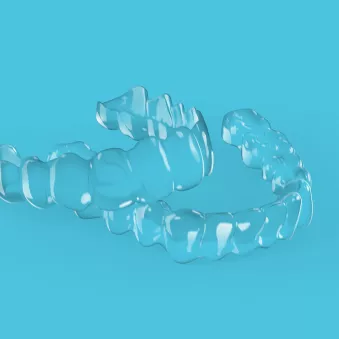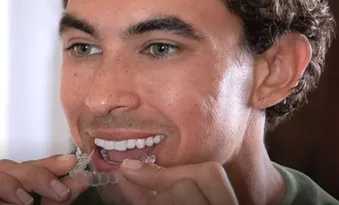A Predictable Orthodontic Digital Workflow.
By Dr. Mark Coreil, DDS
For years, orthodontic practices like mine had to rely on different providers for the latest digital technology. One company provided the scanner, another provided brackets, and another provided aligners. To make things even more challenging, we used a local orthodontic lab that did not accept scans for appliances.
Looking back further, when we did not have a digital workflow, we relied on alginate impressions for pre-treatment models and all lab appliances. I remember the mess associated with mixing the alginate, with dust all over the counter and alginate on the patient. Setting up too fast, voids in the impression and failing to get all the necessary anatomy captured in the impression were all too common, resulting in lost time, patient frustration, lack of efficiency and loss of revenue. Thanks to digital, this has all changed for the better.
I have been in the business for more than 35 years, and for many of those years, I had to work with many companies and manage many accounts to help our patients create beautiful smiles. I can recall dreaming about the day that there would no longer be a list of usernames, passwords and customer service numbers that, when accessed, often lead you to a voicemail with little hope of a return call.
Now we have Ormco, which supplies our products, and we have a personal relationship with our local representative, so there is no need to call customer service when we have a friend on speed dial. Instead, when we have questions or challenges needing attention, we simply text her, and a response is immediate.
This superior service saves us time and money, and more importantly, it reduces staff frustration. With Ormco as our digital partner, we end up with better results and more satisfied patients.
Our local Ormco rep supports our DEXIS IS 3800W scanner, our Spark Aligners treatment, AOA Orthodontic Laboratory and the best in orthodontic bracket technology. So, let’s look at the many advantages of each offering and why this one-stop shop model — from a company with 60-plus years of experience supporting the orthodontic community — works for orthodontic practices and the bottom line.
It all starts with the scanner
I have used six different intraoral scanners during the past 15 years, and there was always some improvement with each change. I can recall when scan time was almost 10 minutes per arch, making it challenging for both patient and technician.
Our new DEXIS IS 3800W scanner is super fast and has a proven scan time of 25 seconds for a single arch1. This hyper-efficient scan time is significant for our young patients who don’t have the patience for the longer scan time and for adult patients who have difficulty staying open for long periods of time. And research has indicated that intraoral scanning is more comfortable for patients when compared to traditional impressions.2
When it comes to accuracy, we have found that digital impressions are a quantum leap over traditional alginate impressions. With digital impressions, all our appliances fit better and require minimal to no adjustment upon delivery.
With our DEXIS scanner, we now get a perfect impression with every attempt, saving valuable time at the delivery appointment. In addition, models headed to our in-office printer can directly be sent straight to the printer from the scanner thanks to the automatic basing built into the software. As a result, there’s no need for separate basing software for printed models, which is appreciated by team members responsible for the in-office printing process.
Clear aligners that rise above the rest
There is a reason that everyone is talking about Spark Clear Aligners. The clinical results achieved with Spark Aligners, because of a number of key features, have set this product apart from the other aligners. With the latest material science and the most advanced manufacturing technology in the industry, Spark is quickly taking over the aligner market.
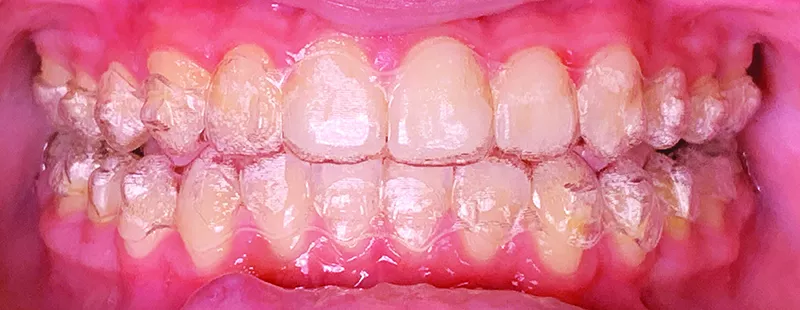
Actual Picture of a Competitor Brand Aligner in use.
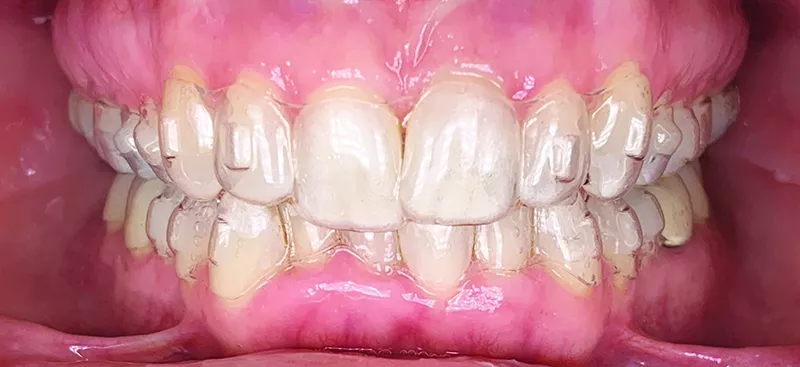
Actual Picture of Spark Clear Aligner in use.
In the past, I relied on brackets and wires for all my complicated orthodontic cases and offered aligners only for my less-than-challenging cases. Before Spark Aligners, many patients would ask for aligners, and I had to tell them that aligners could not correct problems such as dental asymmetries, severe crowding or problematic malocclusions.
In the past, I relied on brackets and wires for all my complicated orthodontic cases and offered aligners only for my less-than-challenging cases. Before Spark Aligners, many patients would ask for aligners, and I had to tell them that aligners could not correct problems such as dental asymmetries, severe crowding or problematic malocclusions.
Keeping that Amazing Smile
AOA Orthodontic Laboratory provides a complete digital workflow for expanders, Class 2 correctors, functional appliances and retainers. At the completion of orthodontic treatment, we simply scan the patient with our Dexis scanner and submit the case directly through the AOA portal. No more packing models in a box for shipping, which saves time and money and makes appliance turnaround much faster.
Many Spark Aligner patients ask for fixed retention to keep their perfect smile without worrying about wearing retainers. Memotain from AOA is the ultimate in digitally driven retention. This patient-specific bonded retainer is manufactured using CAD software, perfectly fitting the patient’s teeth unique anatomy.
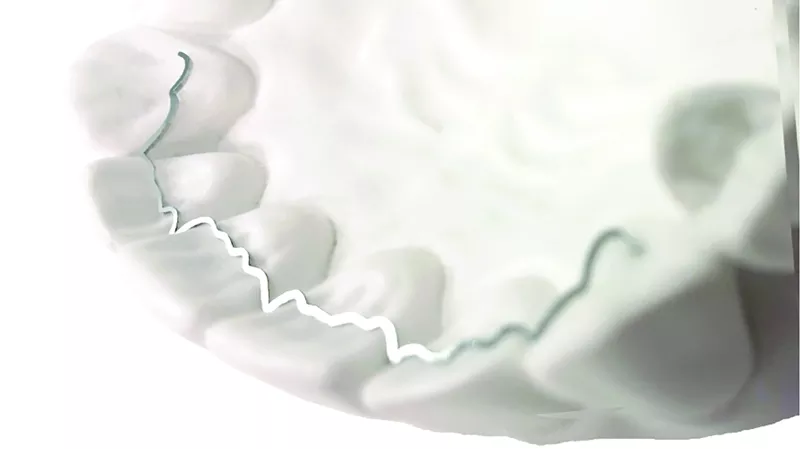
This precision allows for the upper Memotain retainer to be placed out of the occlusion with the lower incisors. Following design, the retainer is manufactured using a very precise laser CAM process, resulting in a 0.016 x 0.016 Nitinol wire, which perfectly matches the lingual surfaces of the upper or lower teeth. Research has proven that Memotain reduces inflammation compared to traditional bonded retainers.4 The design of Memotain can extend back to the first premolar with outstanding adaptation and easy bonding.5
Prezurv is an ultra-clear retainer for patients wanting a removable option. Prezurv has a superior fit and wear resistance and now comes with a scalloped trim with the same smooth finish, providing maximum patient comfort. In addition, multiple Prezurv retainers can be shipped simultaneously so that the patient can wear a new retainer when ready.
Conclusion
If you’re looking to maximize efficiency and profitability in your practice, consider using a single source for your digital orthodontic treatment needs. For me, Ormco has delivered an impressive bundle of products that allow me to provide stellar products to my patients, keeping the workflow entirely digital while cutting out unnecessary steps for my team members and helping with the bottom line — a win-win-win scenario.
References
- Internal testing completed on a 3-D model.
- Burhardt L, Christos L, Wouter K, Wicher M, YiJin R. Treatment comfort, time perception, and preference for conventional and digital impression techniques: A comparative study in young patients. Am J Orthod Dentofacial Orthop, 2016, 150:261-267.
- Data on file at Ormco.
- Atmaca R, Cokakoglu S, Ozturk F. Effects of different lingual retainers on periodontal health and stability. Angle Ortho, 2021, 91:468-476.
- Kravitz N, Grauer D, Schumacher P, Jo Y. Memotain: A CAD/CAM nickel-titanium lingual retainer. Am J Orthod Dentofacial Orthop, 2017, 151:812-815.

